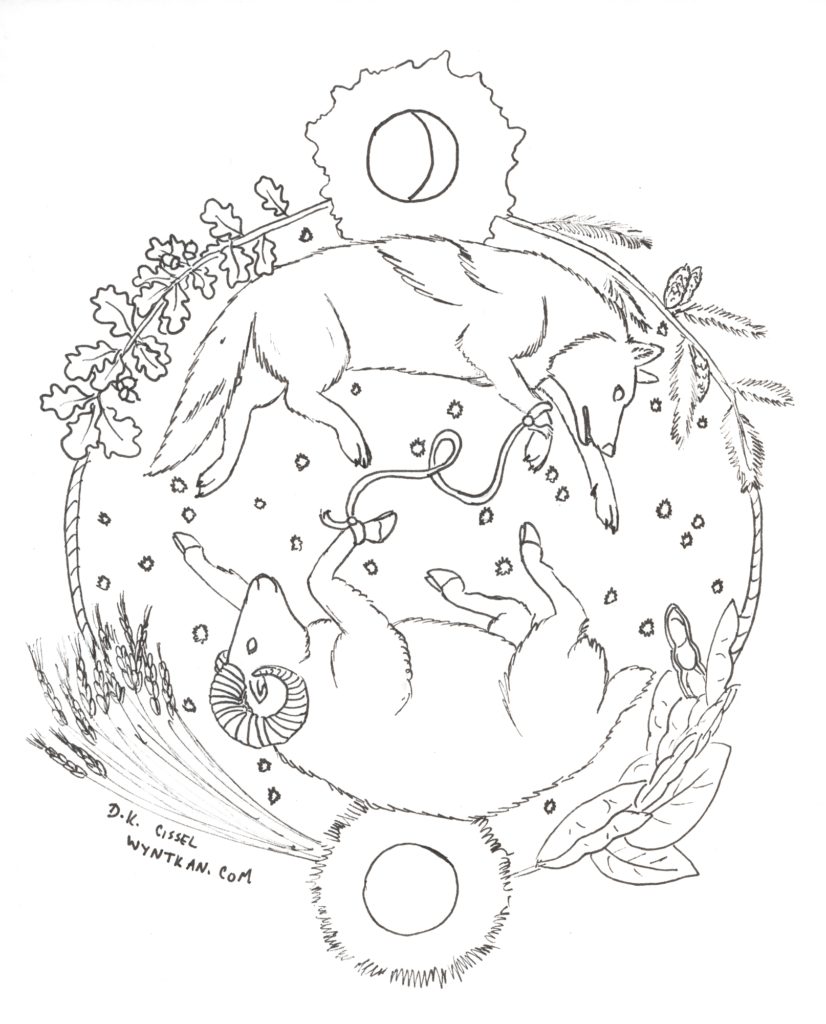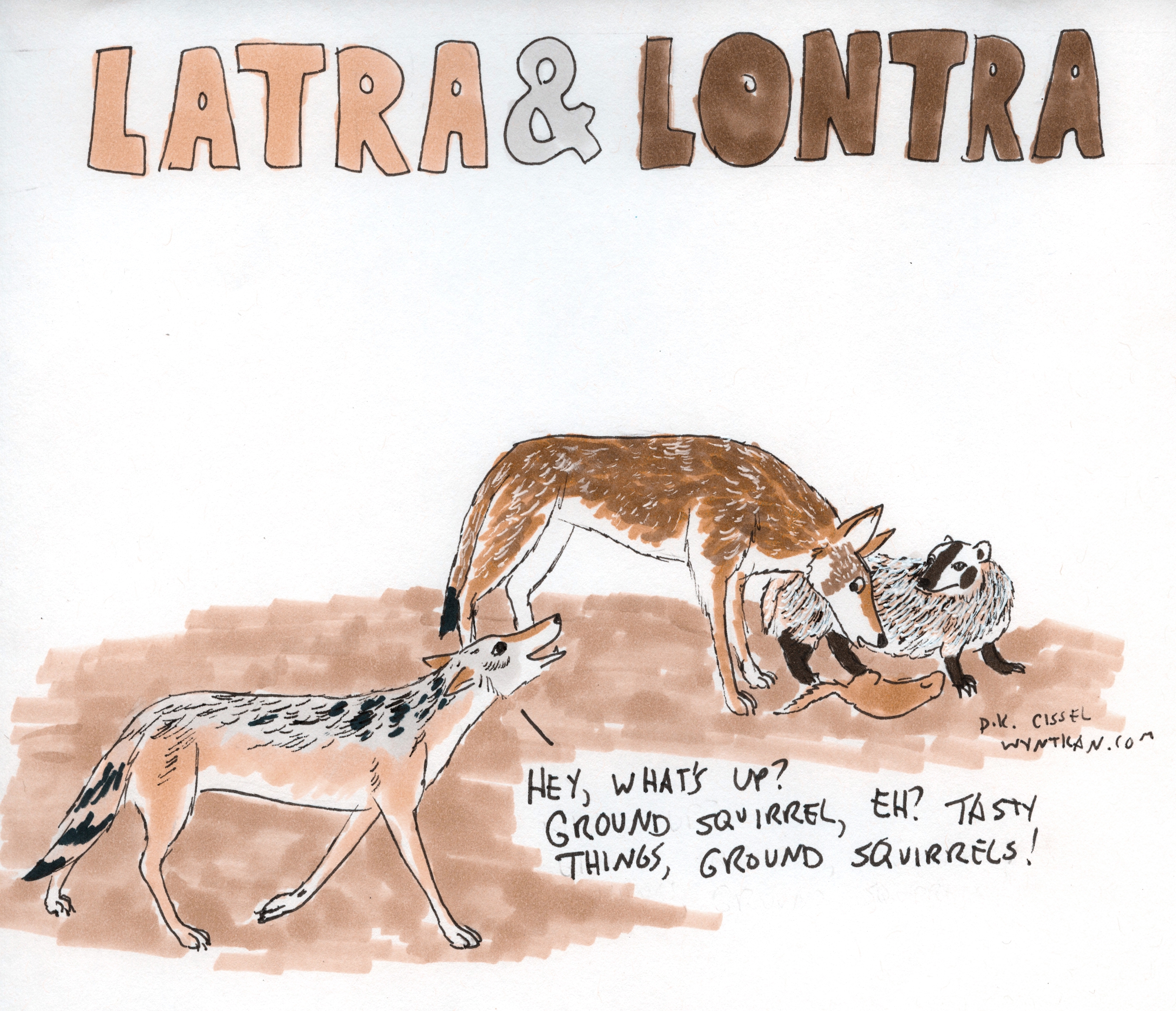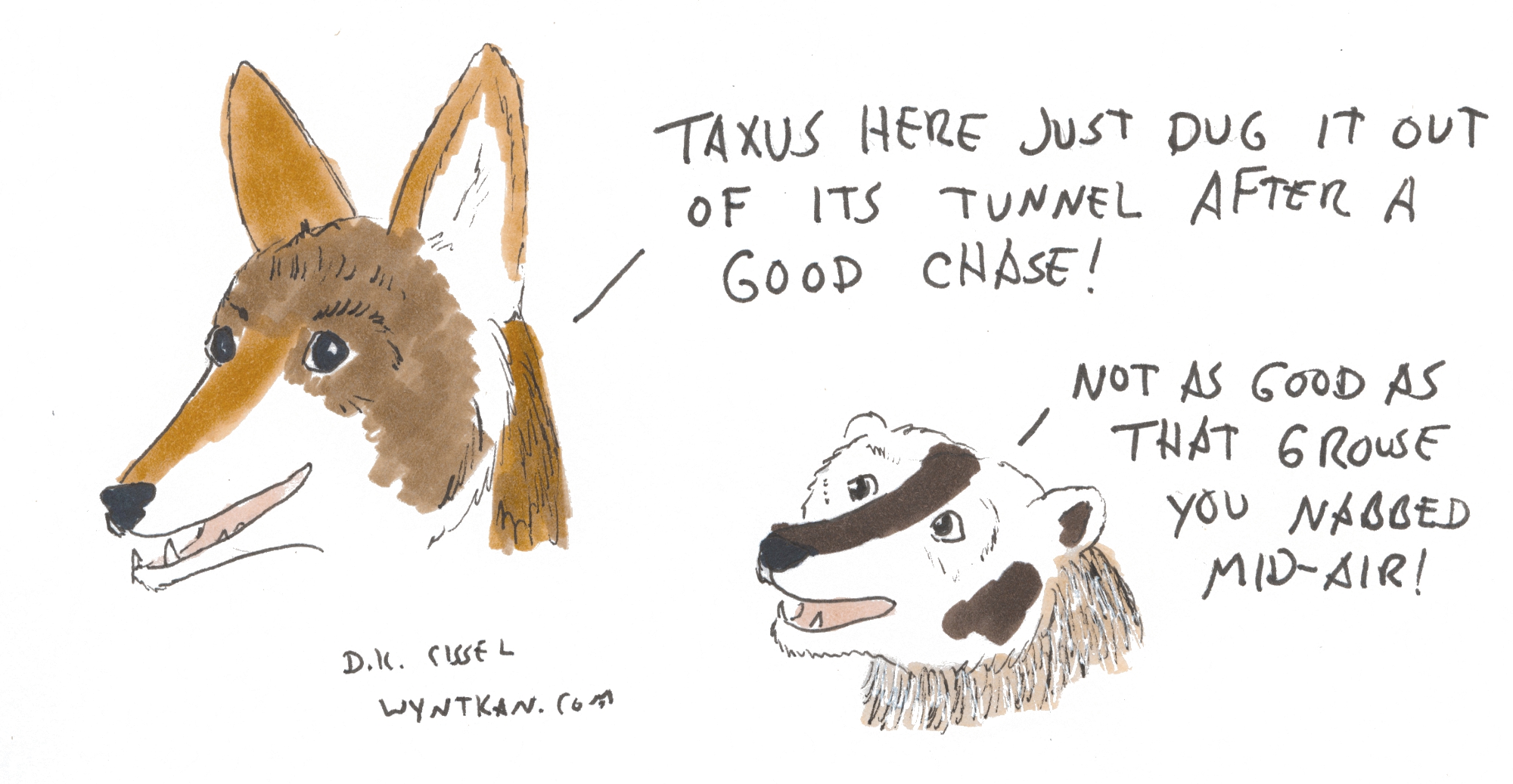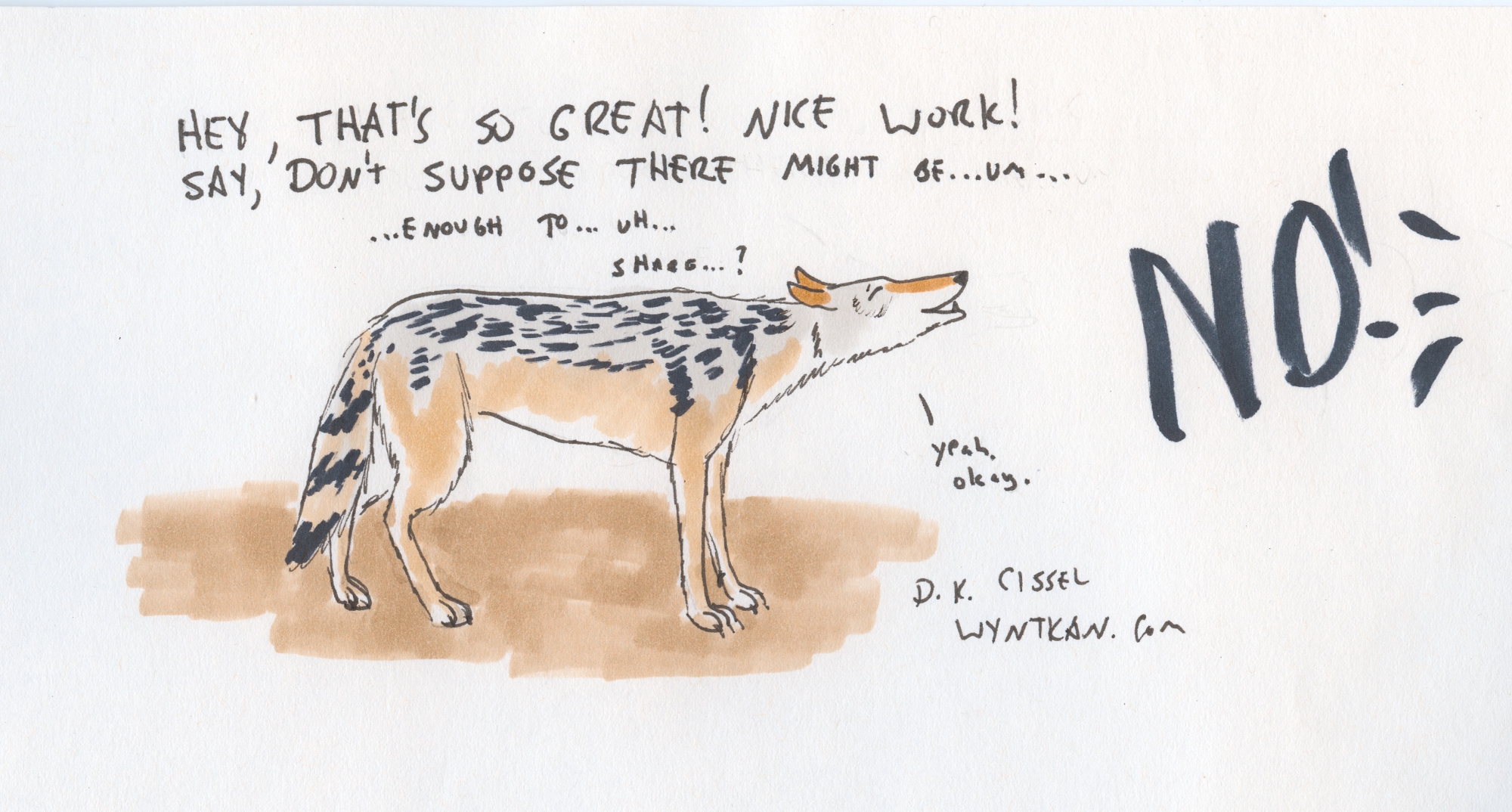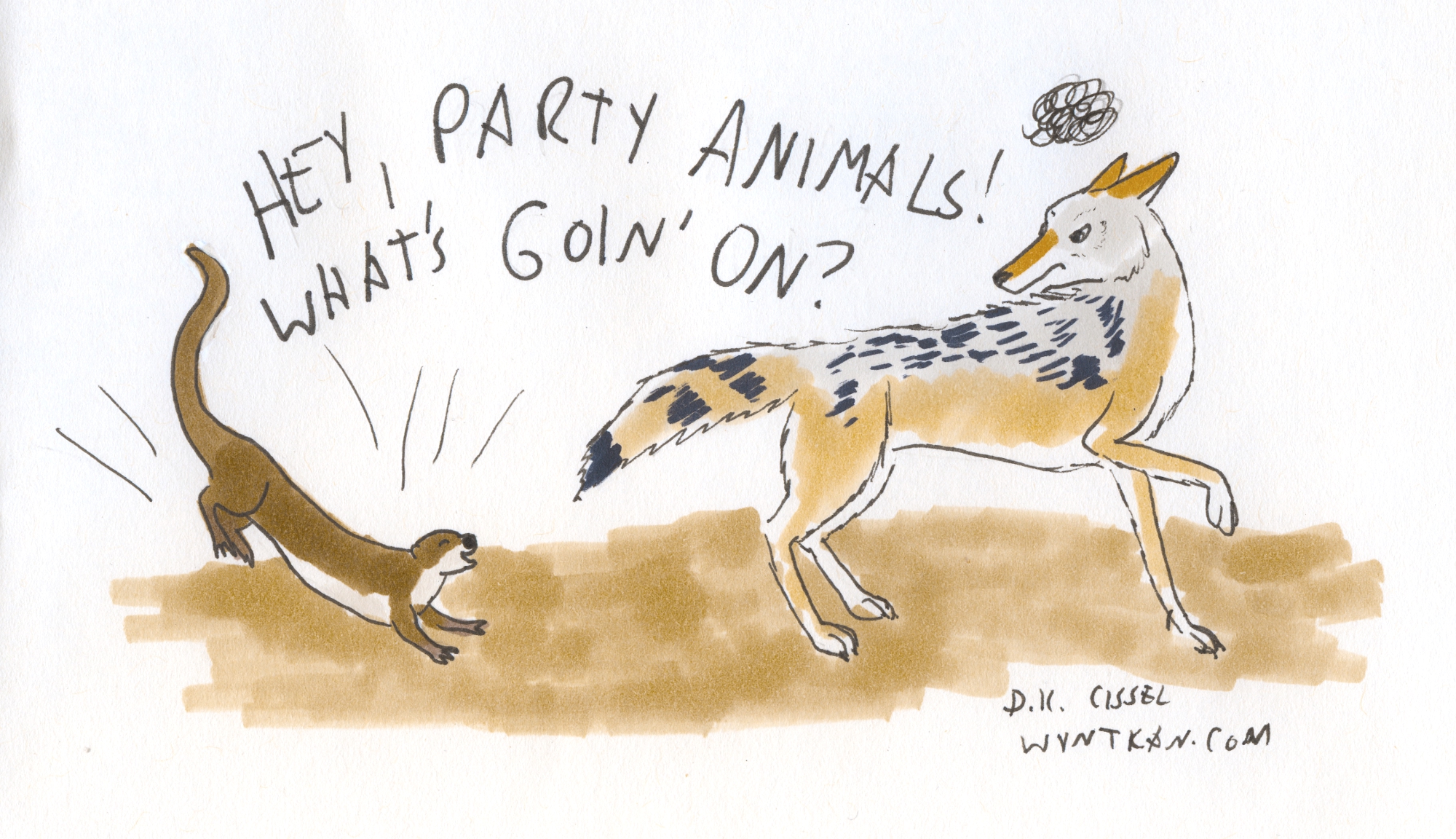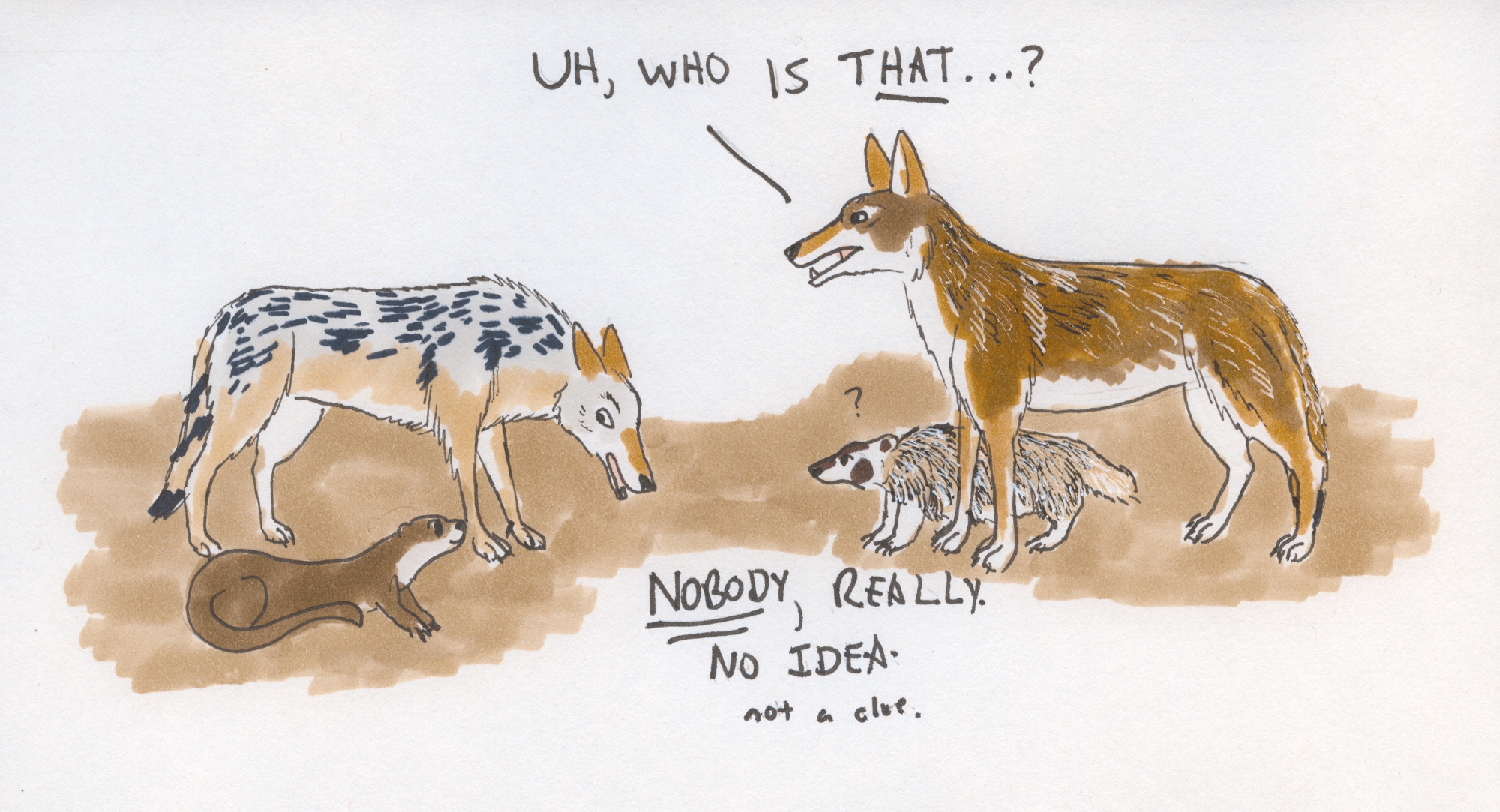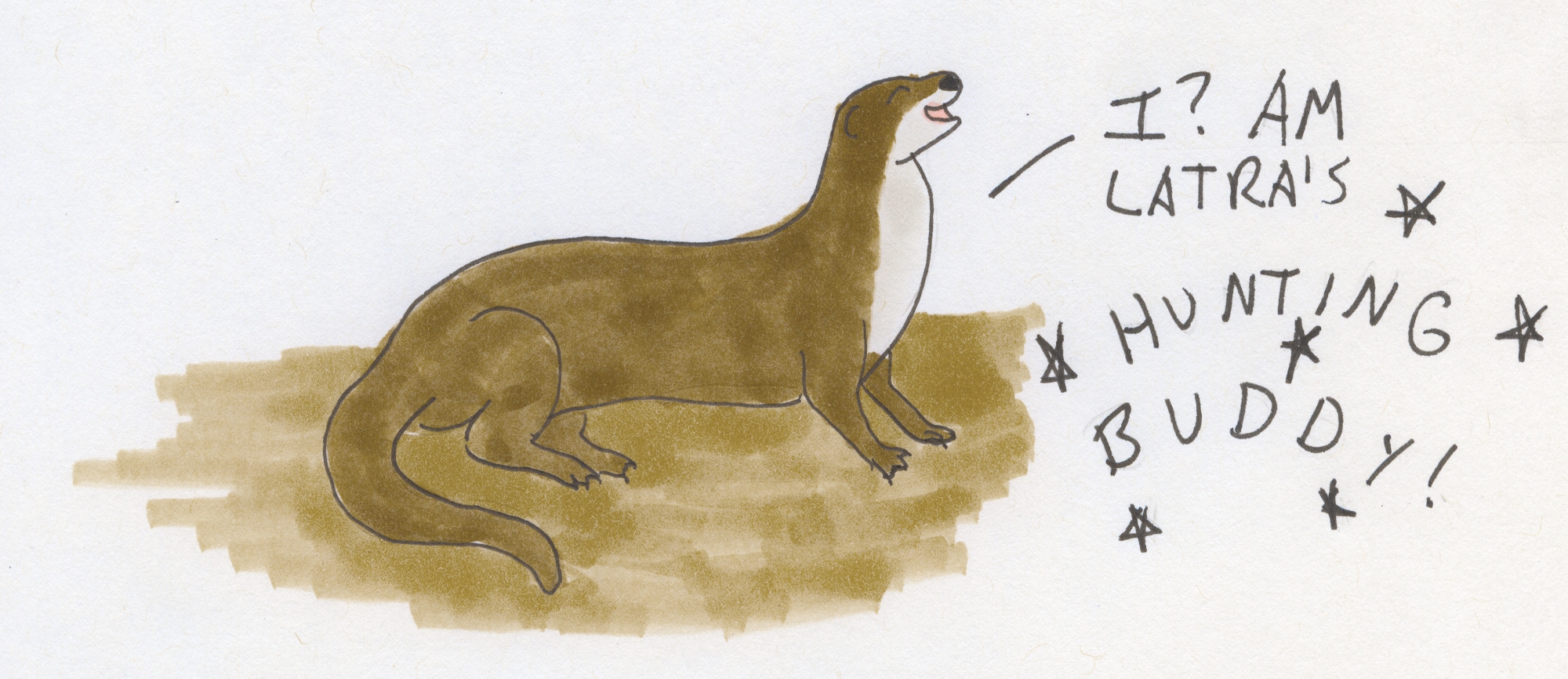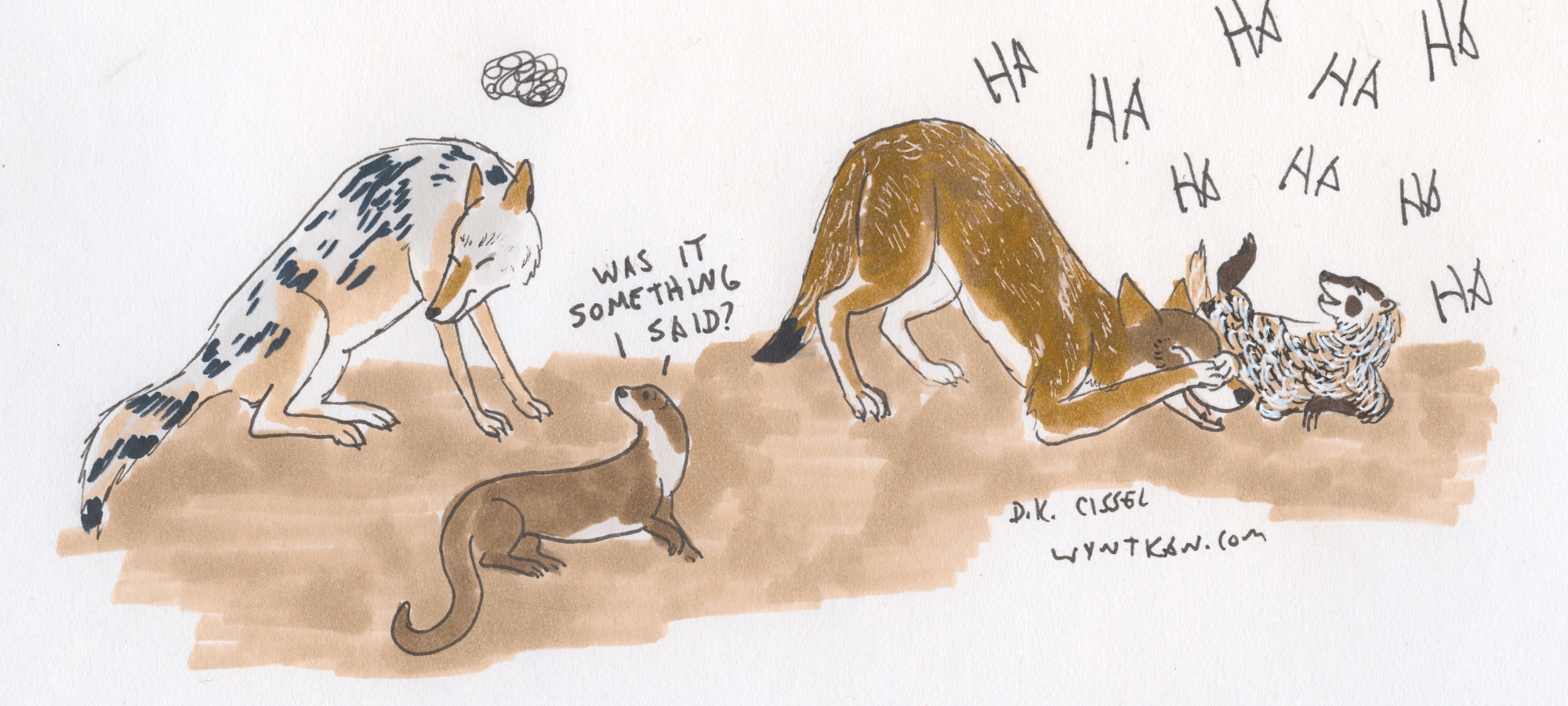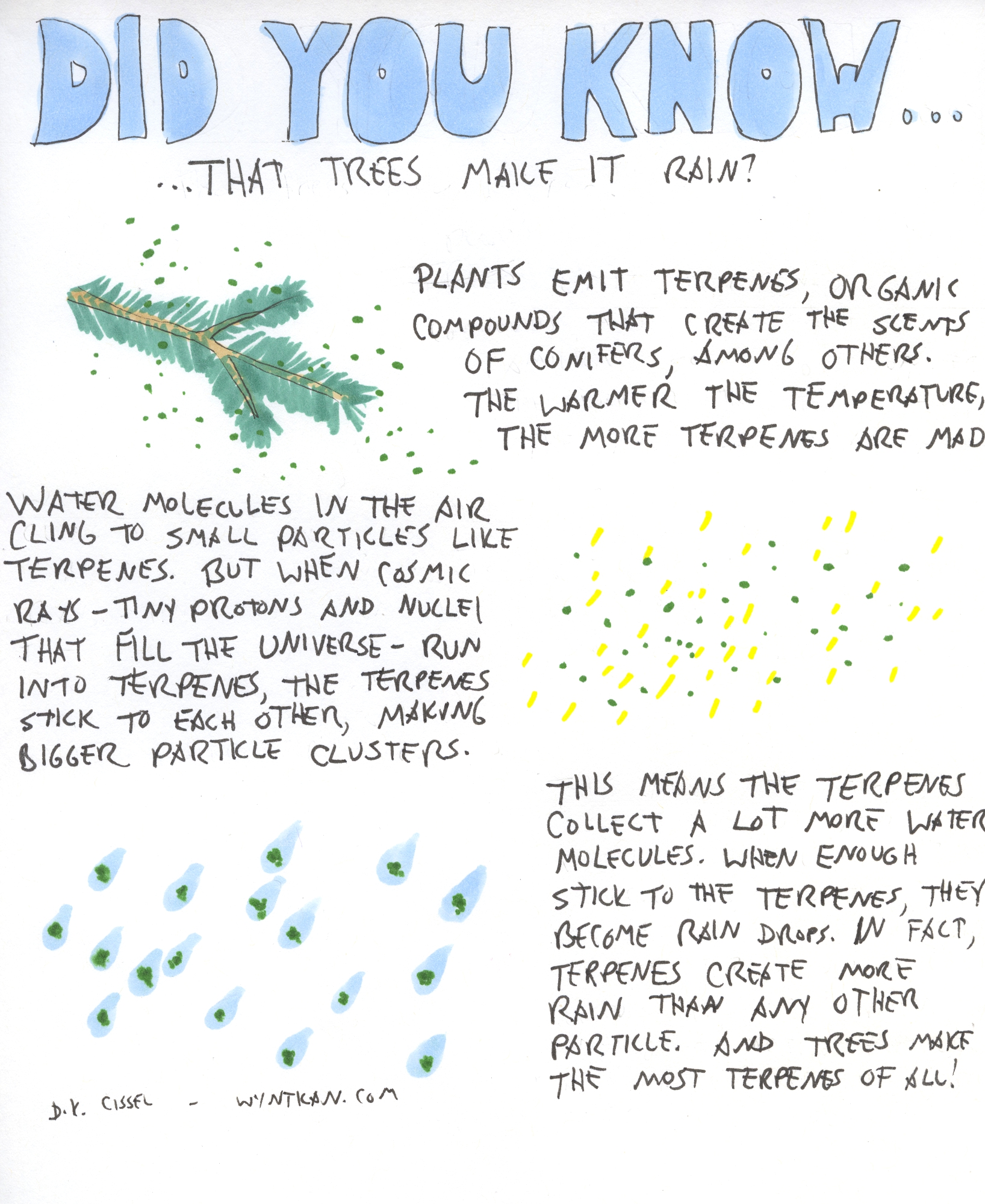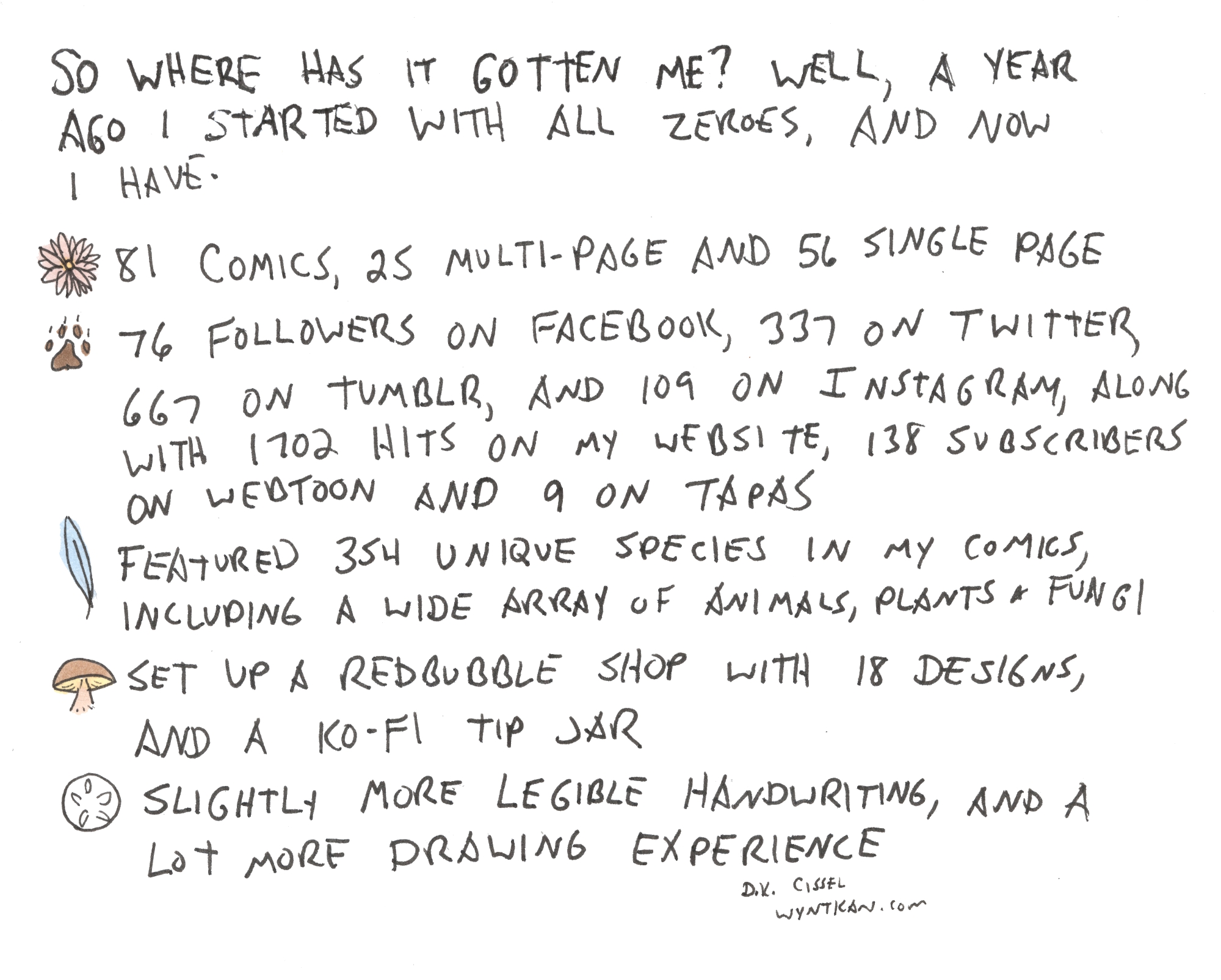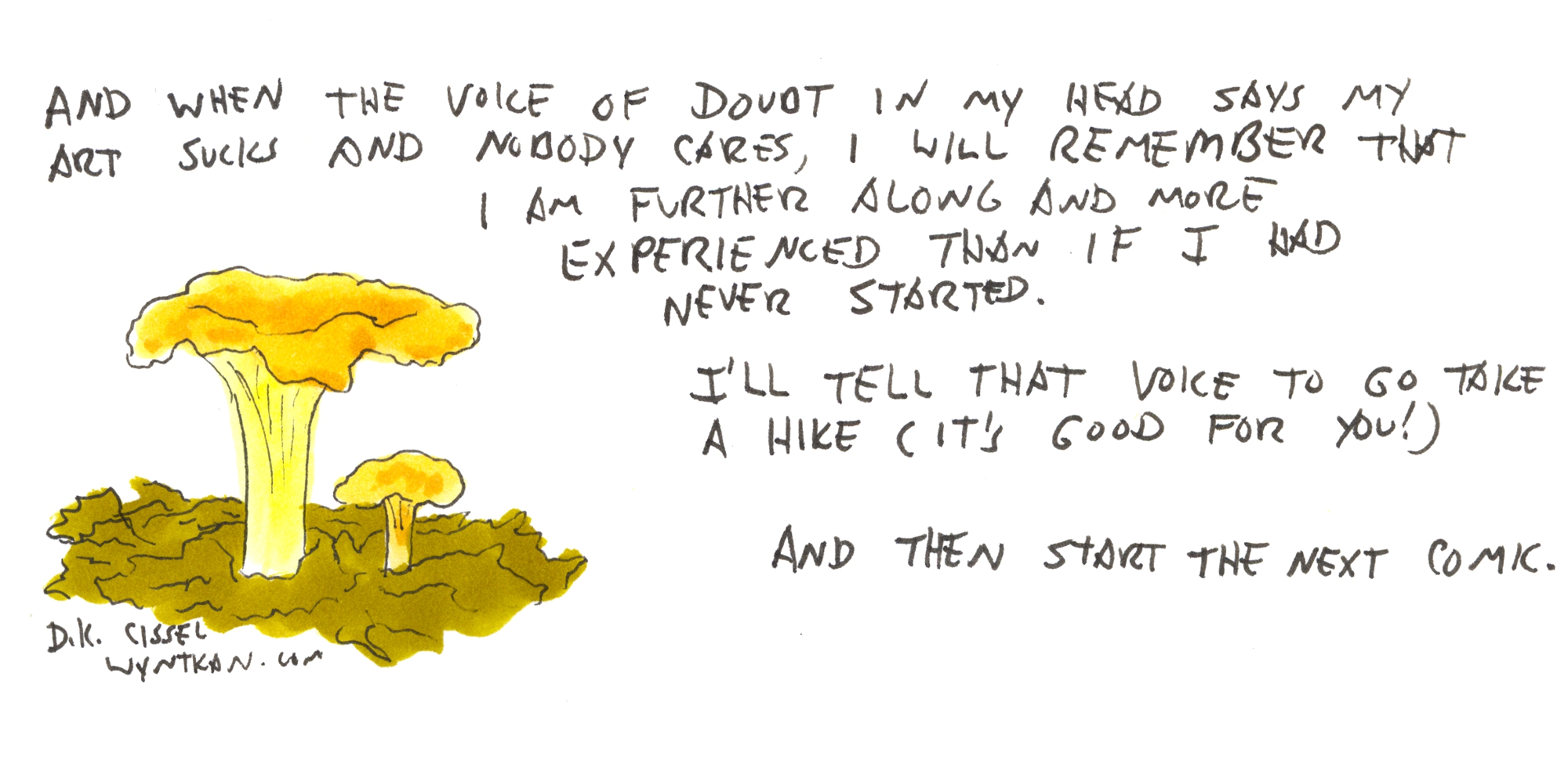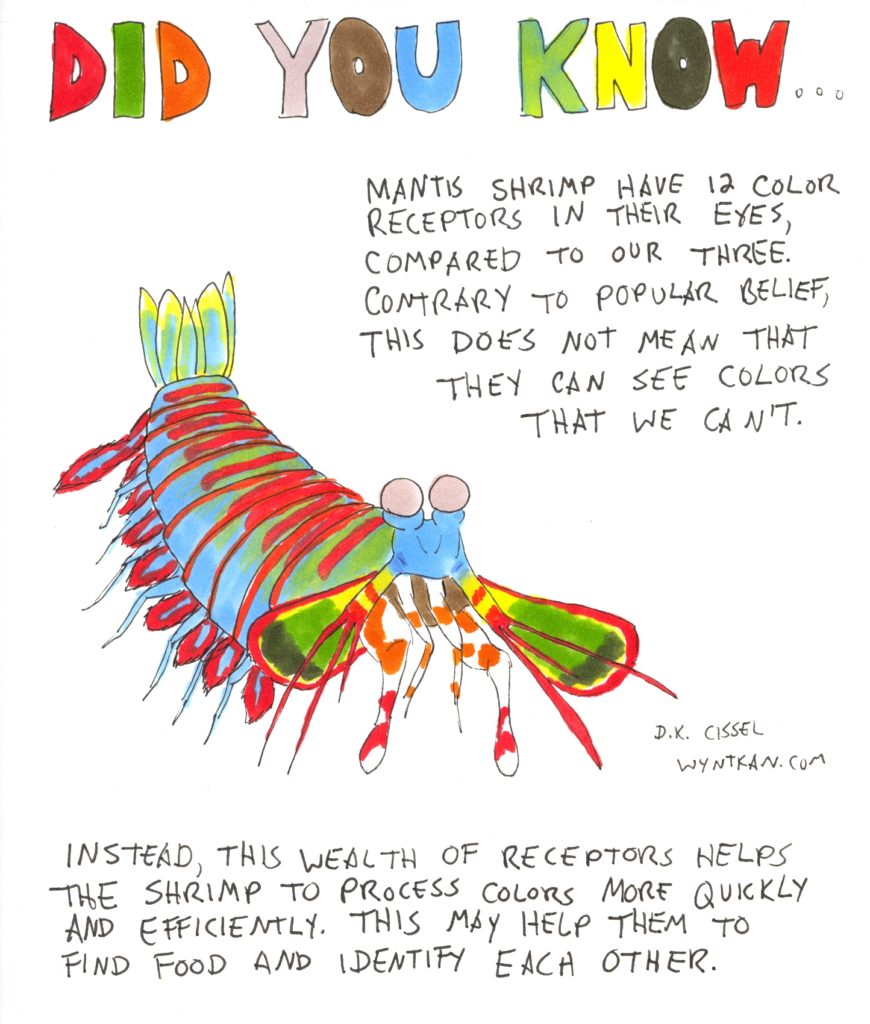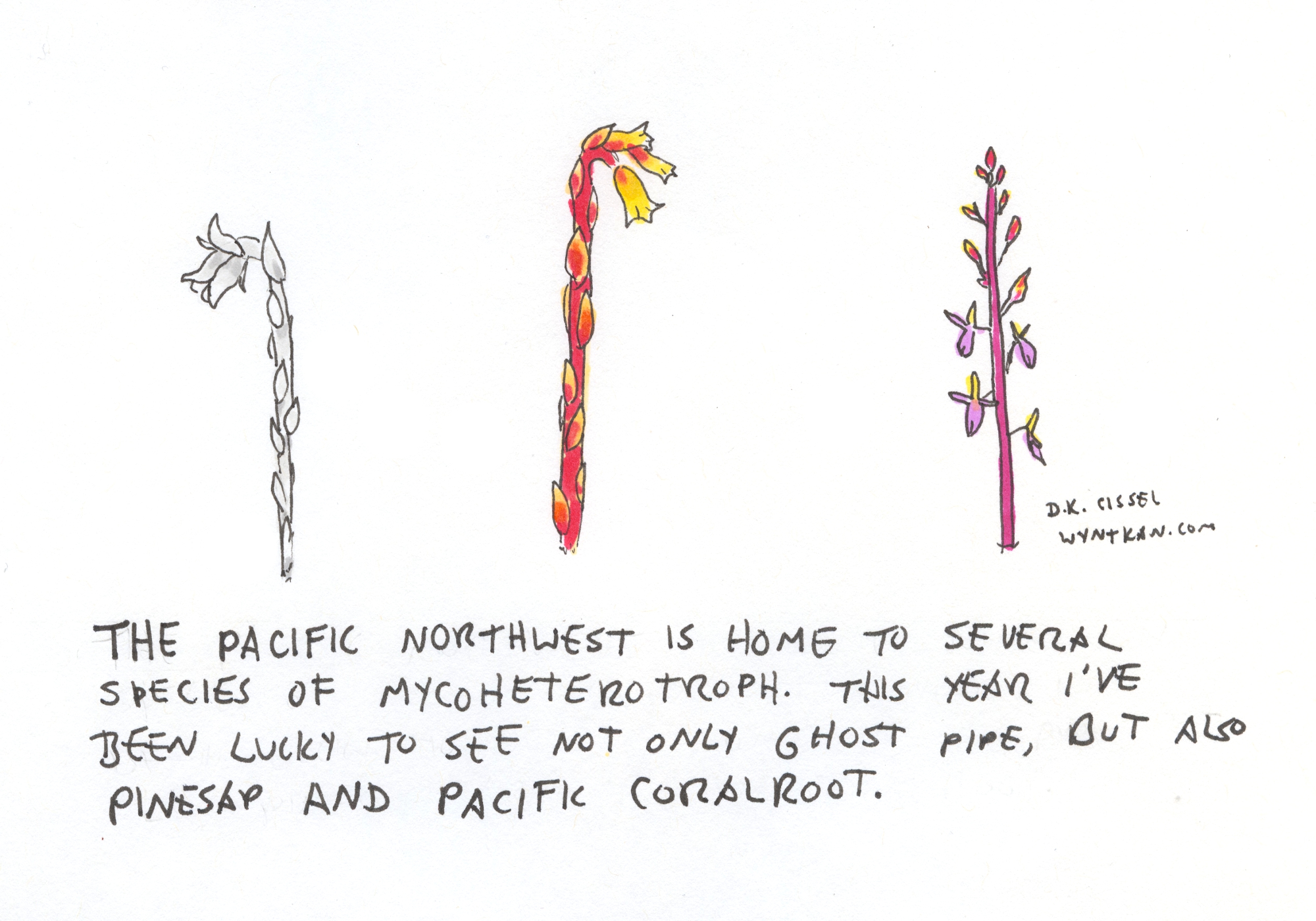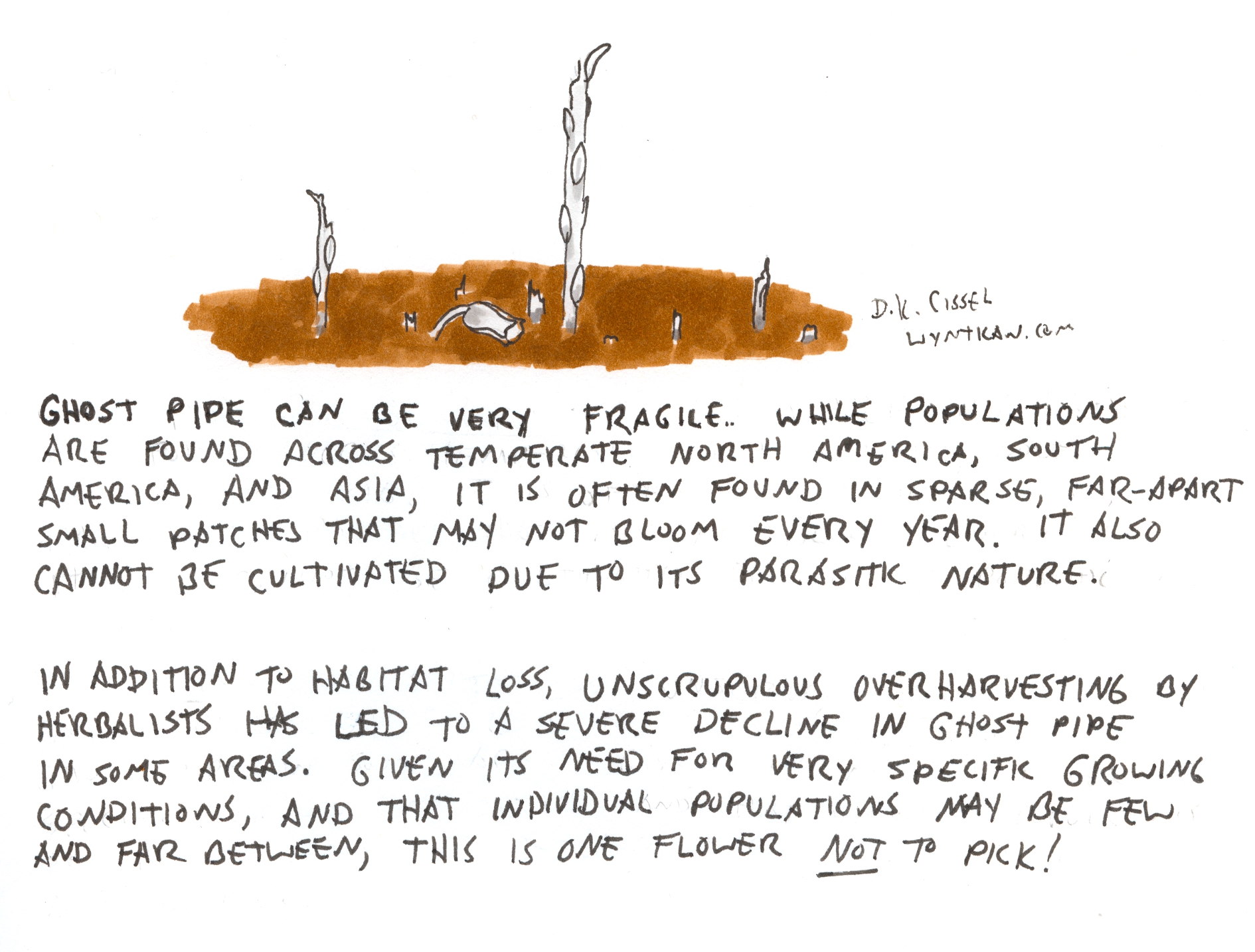
So you may be wondering “Where has D.K. been?” Or maybe not. Either way, the fact is that this is the first comic I’ve posted in almost three months. And to be honest, I burned out. Badly.
That’s not the only thing that contributed to my disappearance, but it’s a big part of it. I just put too much pressure on myself. I thought that in order to have any chance of What You Need To Know About Nature becoming a success on some level, I have to post content frequently and regularly. There is some truth to that, of course. You want people to know they can reliably come back and find new content. But I had set a pretty high bar for myself, considering that I have a job and other things that keep me busy. I thought that two one-page comics one week, and a longer multi-page comic the next week would be a good cycle. And maybe in the future that’s something I can aspire to, once this thing has a little more life of its own and I’ve managed to carve out more art time for myself.
But for now, I’m not going to hold myself to a schedule. Instead, I’m going to draw as I’m able to find the time, and focus on whatever catches my fancy at the time. That will still include comics, of course. But I recently picked up my colored pencils for the first time in a year, and I have a pretty great piece I’m working on right now. (If you follow my social media you’ll get to see work in progress shots of it!)
I’m also going to be honest and say that I love a good morale boost. Every time someone likes my work, comments on it, or shares it, I get those nice, warm serotonin fuzzies. So if I create something that makes you smile, or think, or otherwise take notice for a moment, let me know! If you know of anyone else who would like my art, send ’em over here, too. While I need to focus mainly on making art for myself and my own enjoyment, a little outside appreciation never hurts. Heck, if you’ve got an idea for a comic, drop me a line.
And…it’s good to be back. I missed this.
Species portrayed: bracken fern (Pteridium aquilinum)

